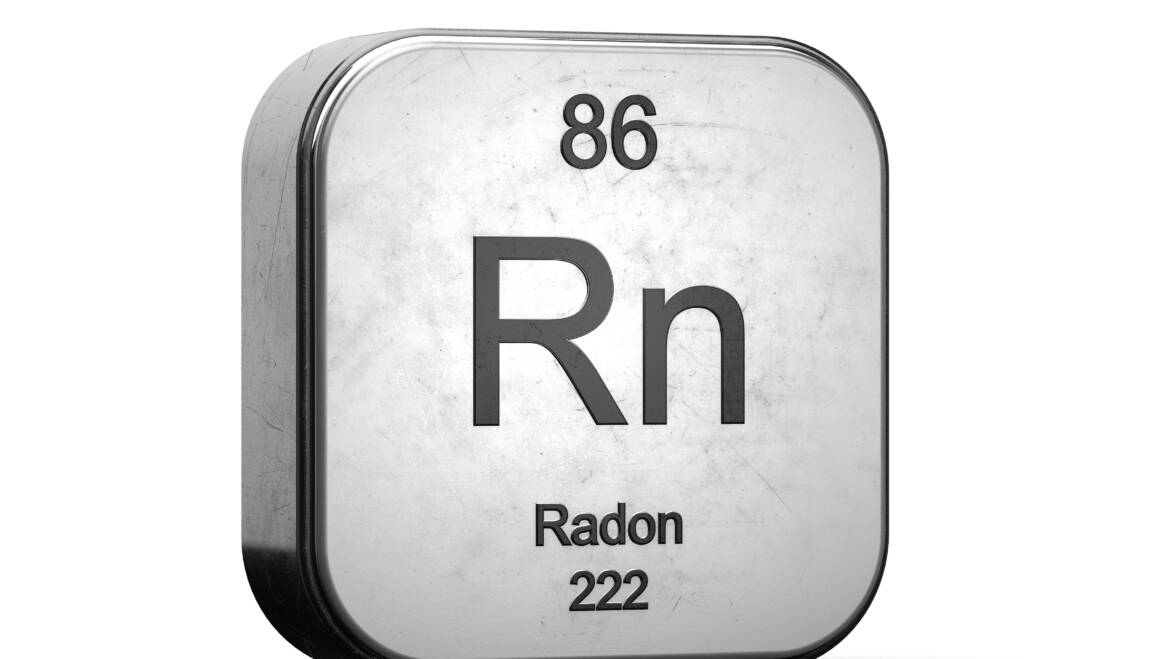Earlier this year, the Oregon Health Authority released new data that reinforced long-held suspicious about the ground beneath Portland: “Emits higher than average levels of radon gas.”
The EPA has stated around 6% of US homes have elevated levels of radon, but in Portland, testing has found that radon is high in 28% of homes. Radon, which is an invisible, odorless but radioactive gas, is the second-leading cause of lung cancer in the US. It comes out of the ground and passes through foundations and walls to accumulate inside homes and buildings.
But what is causing Portland to be a radon hotspot? The reason is actually millions of years old. In a series of events known as the Missoula floods, billions of gallons of water flowed from what is now western Montana into eastern Washington and down into Oregon’s Willamette Valley. The water carried boulders and rocks, and those rocks contained uranium. Today, Portland is built on top of those rocks, and the uranium continues to break down into radium, which breaks down further still into radon gas.
In recent years, Oregon Health Authority’s Radon Awareness Program has been collecting data about the radon levels in homes across the state. The results are eye-opening: Although there is no “safe” level of radon, the EPA only recommends mitigation if levels are 4 pCi/L (picocuries per liter as a form of measurement) or above. In the Portland area, recent home tests have come back that are as high as 128 pCi/L.
OHA also maintains a Radon Risk Map for Oregon, which color-codes each zip code in the state. In Portland, 11 zip codes are coded red for “high risk” of radon; 18 zips are yellow or “moderate” and 4 zips are green for low risk. However, homeowners should not rest easy just because they live in a “green” area, or panic if their zip code is in the red zone (most of Northeast Portland is, by the way).
Although risk level assessment maps are helpful, the nature of radioactive rocks is to be unstable. An area that wasn’t emitting radon 10 years ago could be doing it now (or vice versa). In addition, radon levels vary from home to home according to the type of construction as well as heating, ventilation, and air conditioning systems. Weather and season can also play a role; radon levels tend to be higher in the winter. For this reason every home should be tested for radon, and radon tests should be repeated every couple of years.
Considering having your home tested for radon? Healthy Habitat offers easy online scheduling, accurate 48-hour testing and a full radon report, which includes recommended actions to take for homes with radon levels found to be 4 pCi/L or above. Keep yourself and your family safe and schedule your radon test today!

